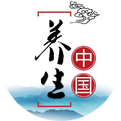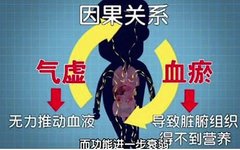Blood Stasis Constitution: The Most Serious Condition! A Bottle of Xuefu Zhuyu Wan Can Treat 8 Diseases!
Blood Stasis is the most serious constitution that must be taken seriously. Most ancient and modern physicians believe that blood stasis is associated with multiple diseases and complex conditions, leading to many difficult and complicated syndromes! When blood cannot circulate normally, it stagnates in the meridians and organs, causing obstruction of Qi and blood flow, … Read more










